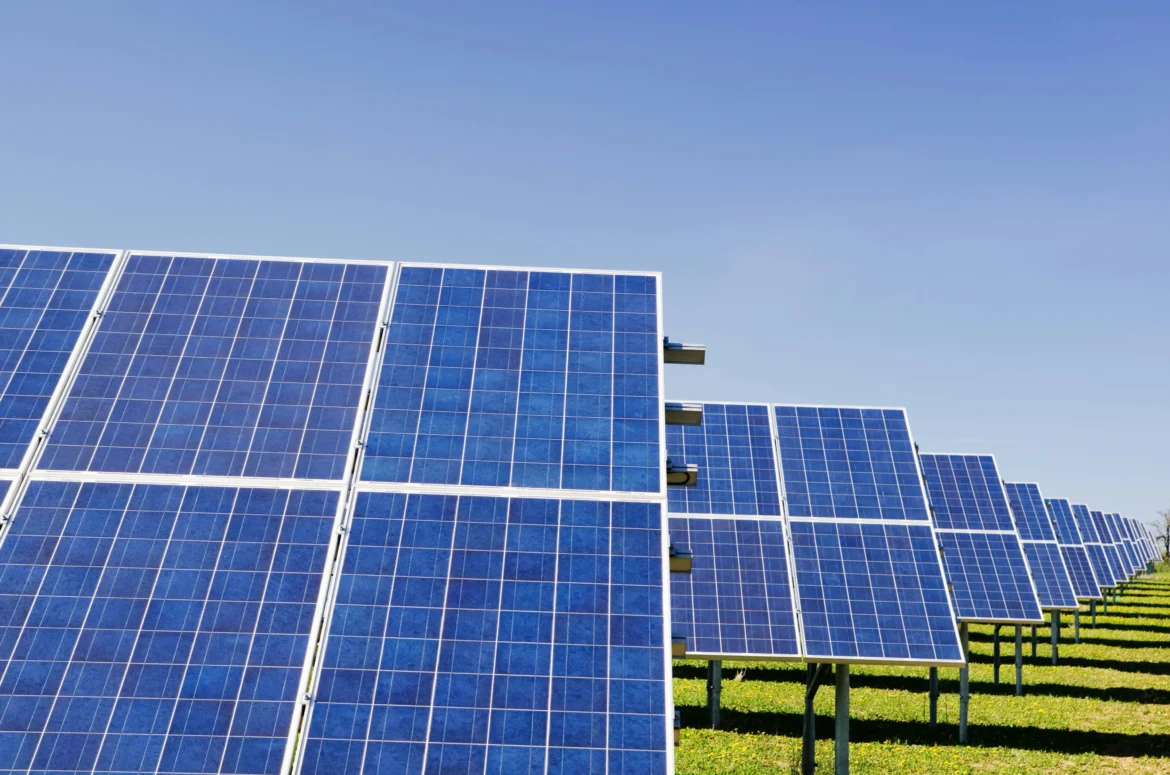Ember has published its fifth annual Global Electricity Review report, which provides the first comprehensive overview of changes in global electricity generation in 2023.
The energy think tank analysed electricity data from 215 countries and included the latest 2023 data for 80 countries, representing 92 per cent of global electricity demand.
It found that renewables generated a record 30 per cent of global electricity in 2023, which was driven by growth in solar and wind.
Solar energy was the main supplier of this growth, and was the fastest-growing source of electricity generation for the 19th year in a row.
Further, solar added more than twice as much new electricity as coal in 2023.
However, as a result of drought conditions, hydropower generation fell to a five-year low.
The shortfall in hydropower was met by an increase in coal generation, which led to a 1 per cent increase in global power sector emissions.
Ninety-five per cent of the coal increase took place in China, India, Vietnam and Mexico, the four countries worst affected by droughts.
According to the report, China was the main contributor in 2023, accounting for 51 per cent of the additional global solar generation and 60 per cent of new global wind generation.
Further, as a result of the world generating almost 40 per cent of electricity from low-carbon sources last year, the CO2 intensity of global power generation reached a new record low, 12 per cent lower than its peak in 2007.
Ember also forecast fossil generation to fall slightly in 2024, which it said will lead to larger falls in subsequent years.
Read more here.




